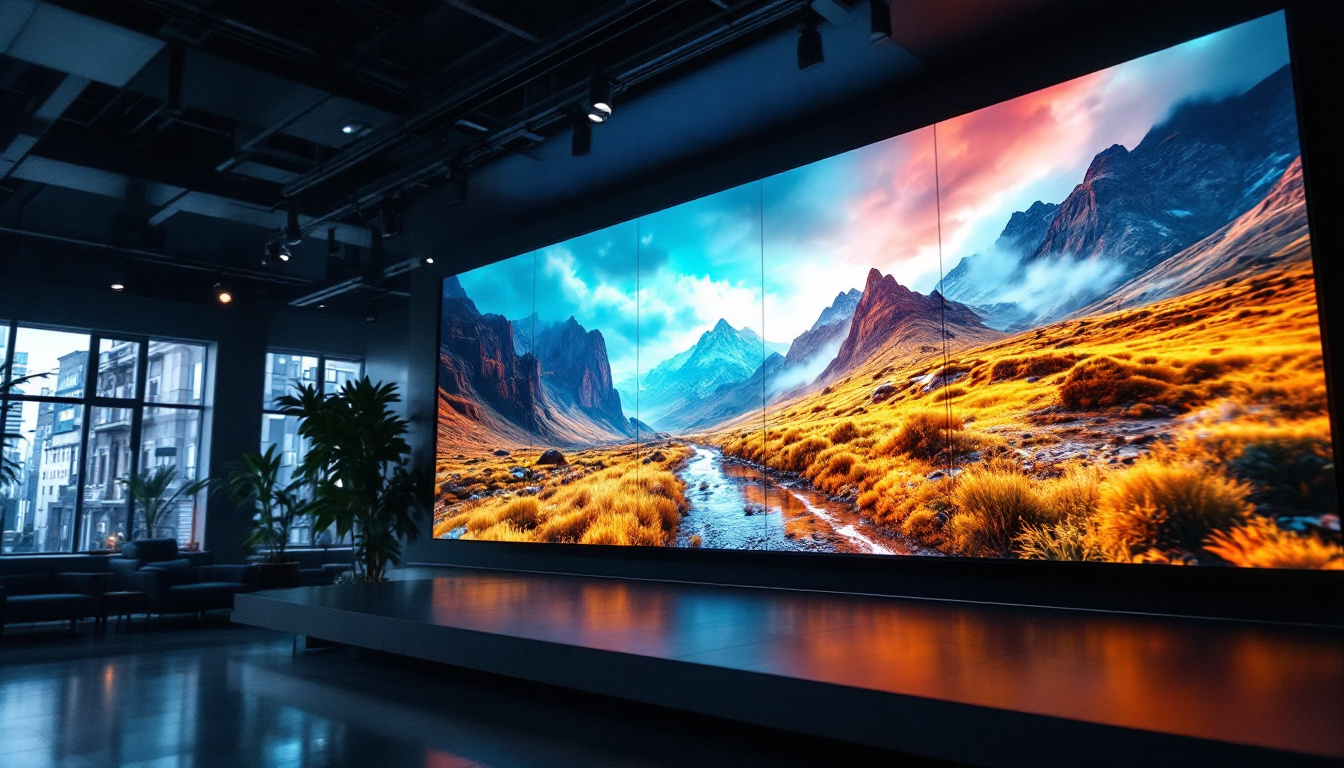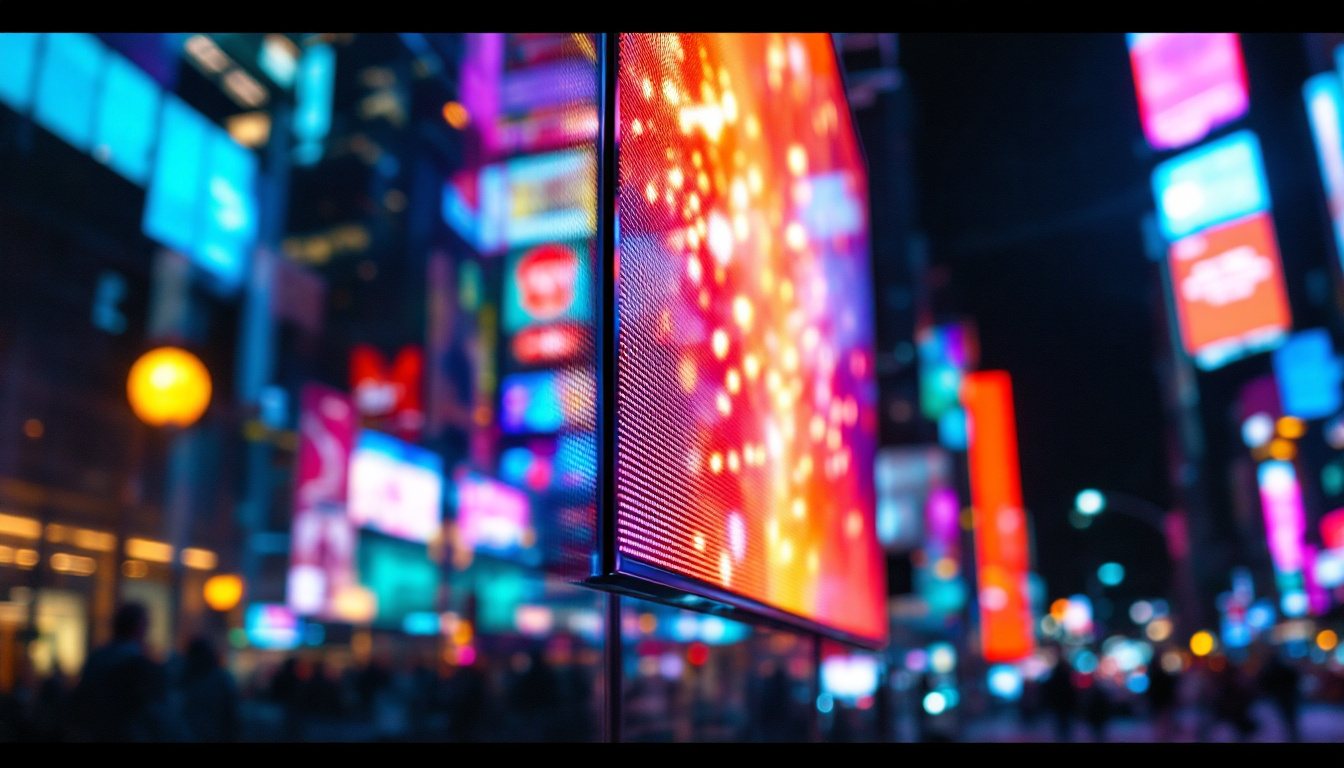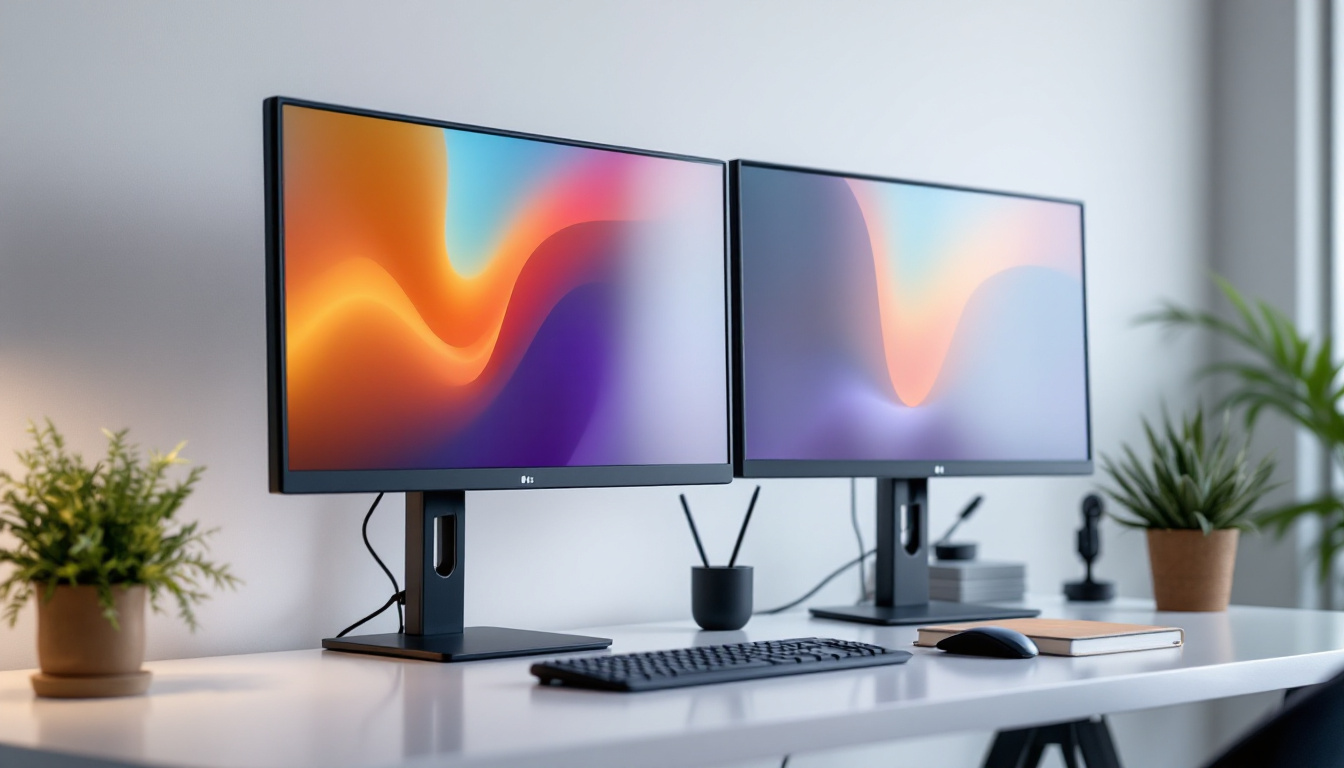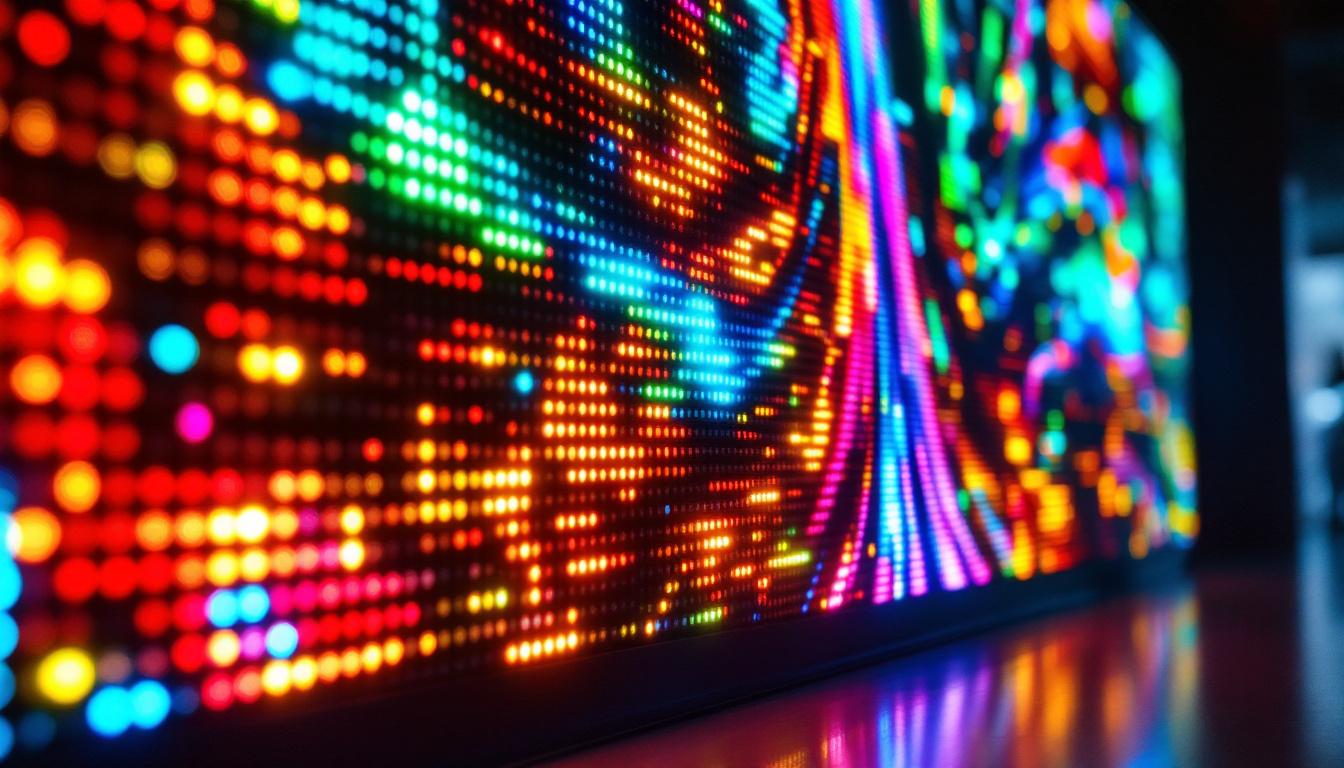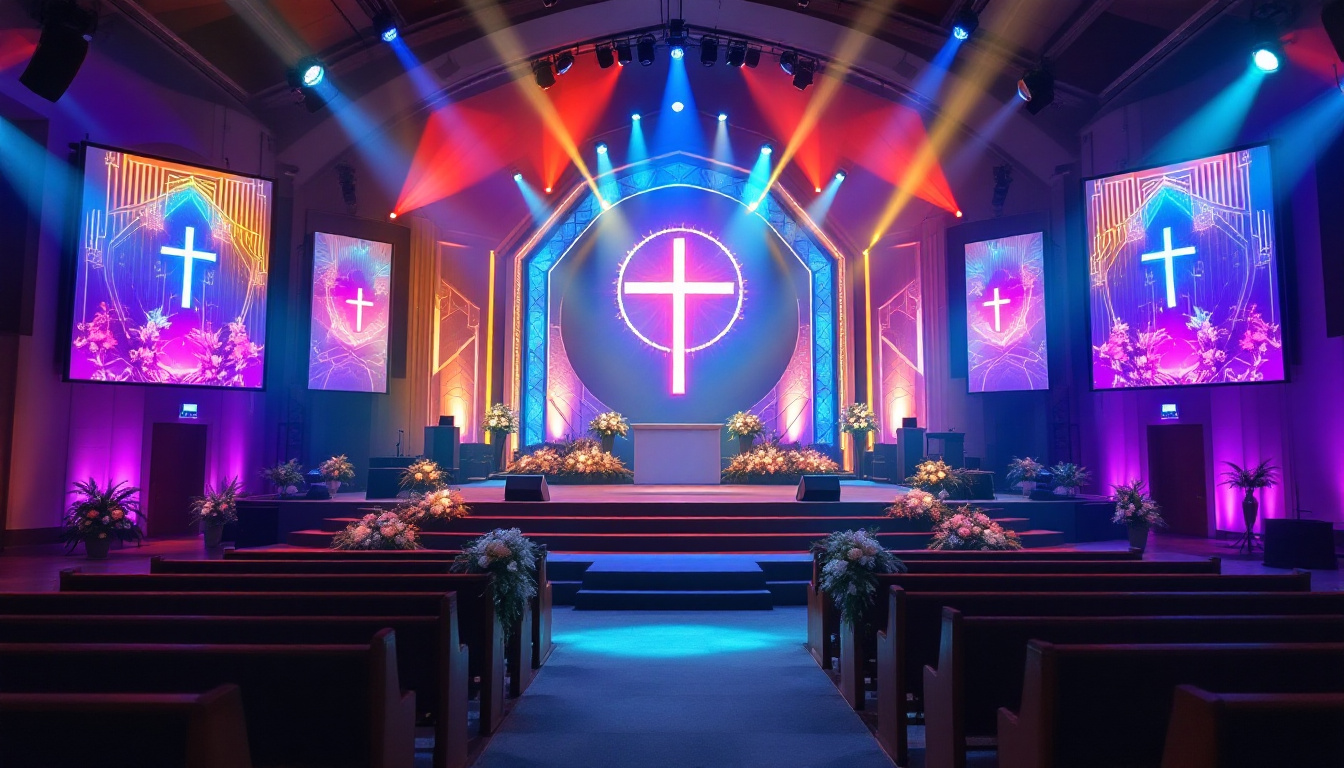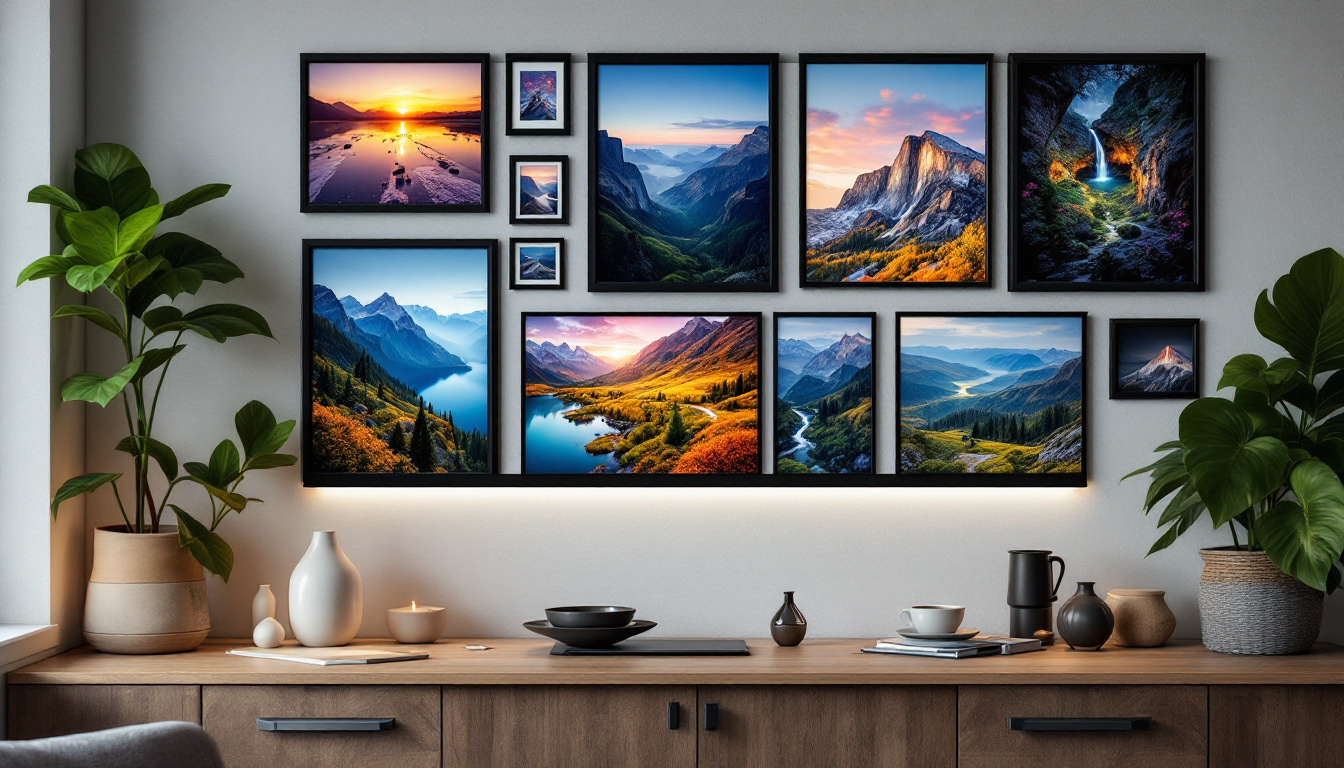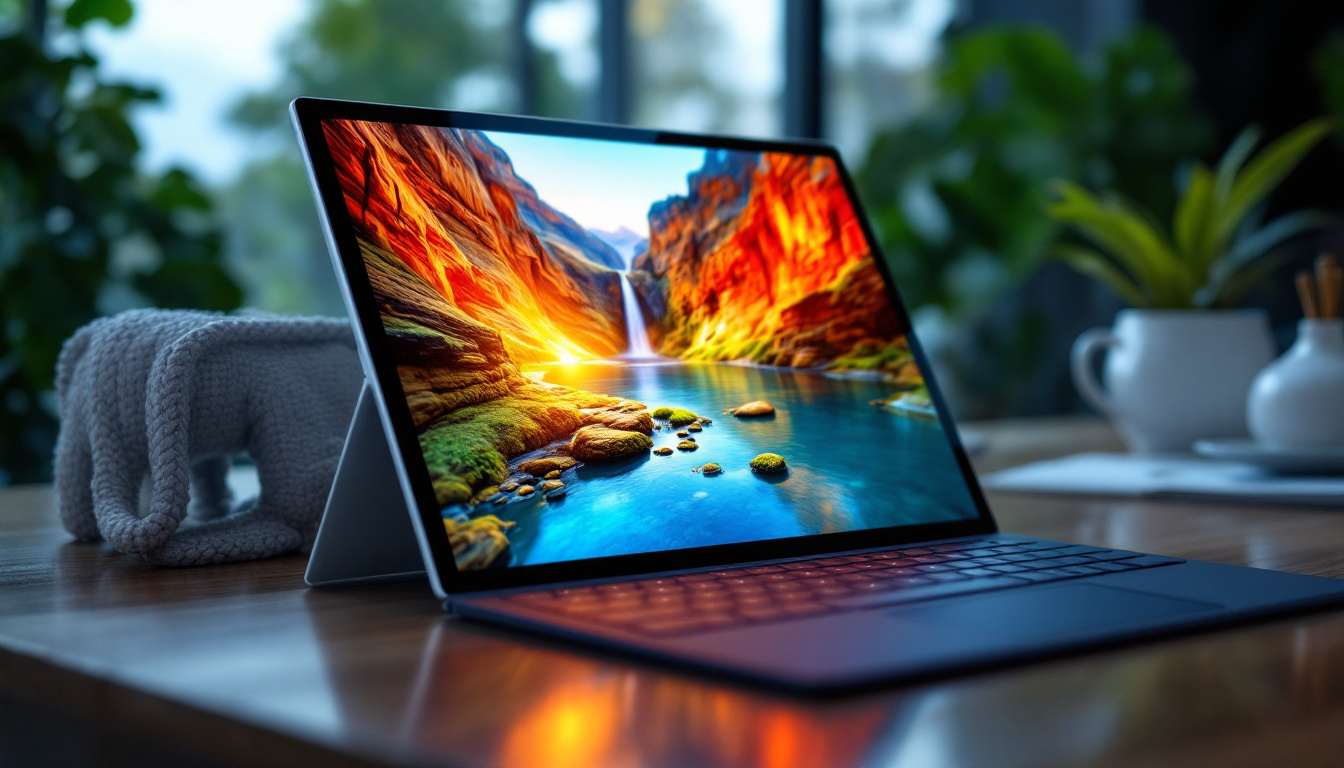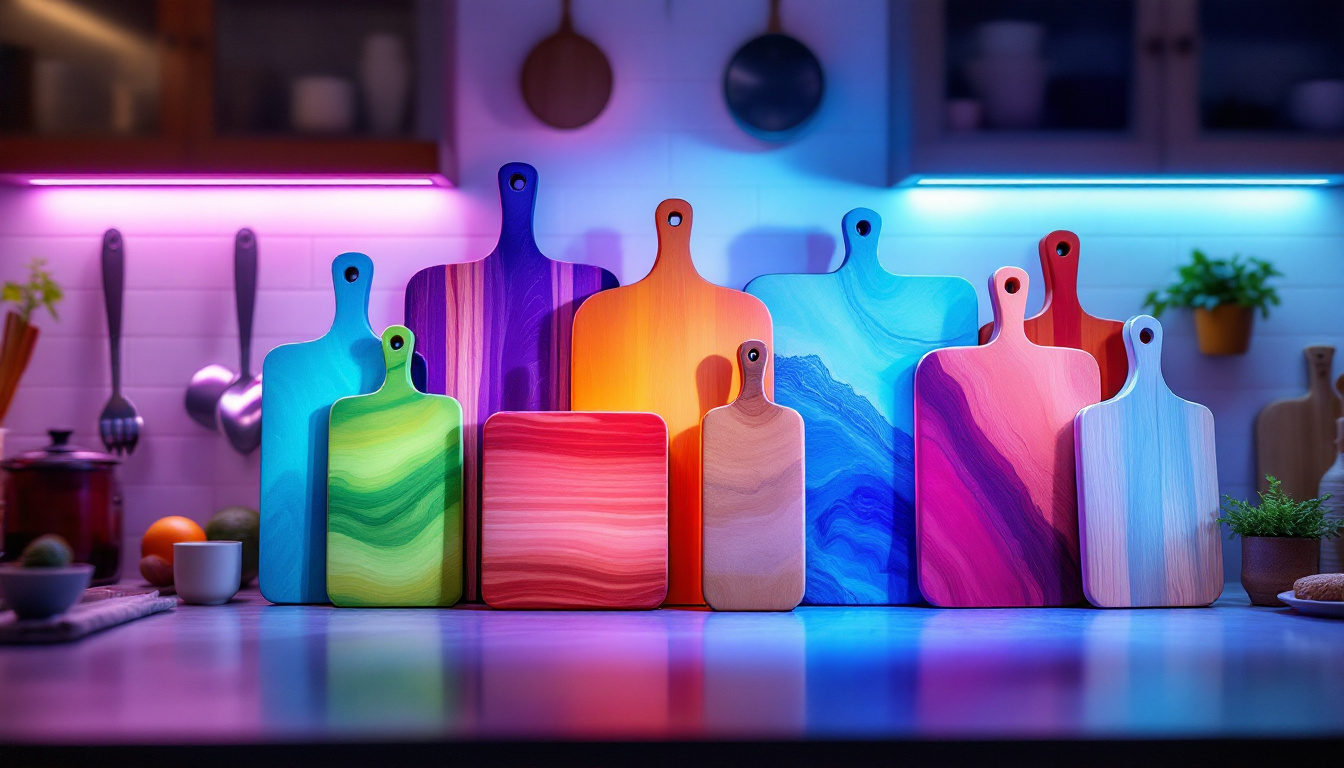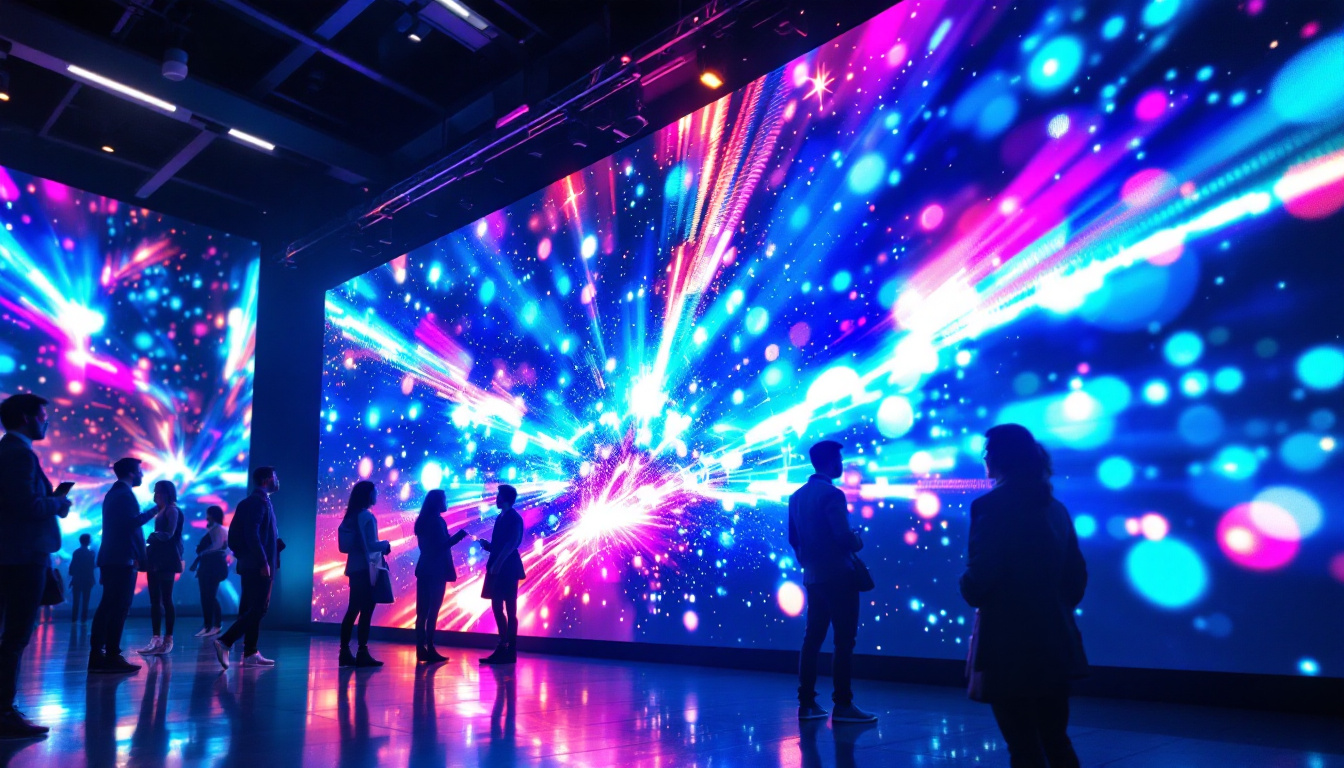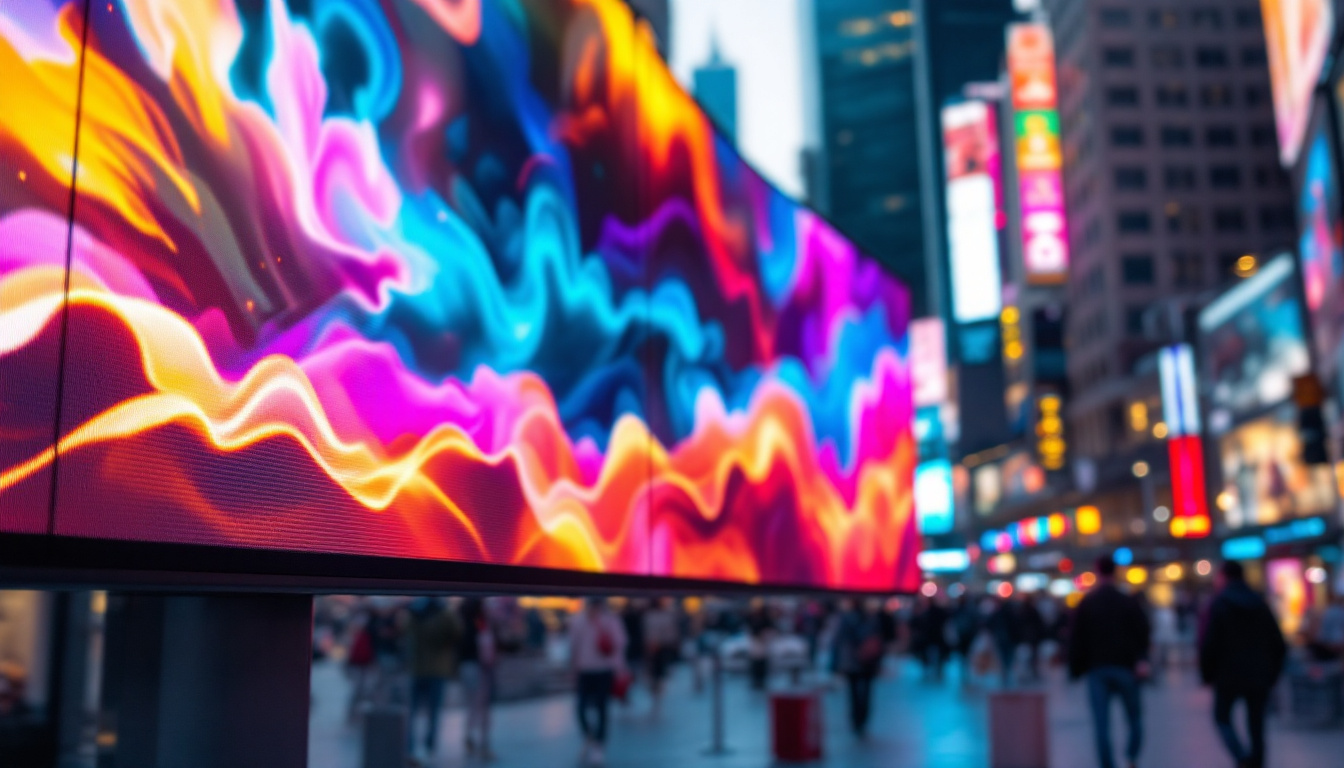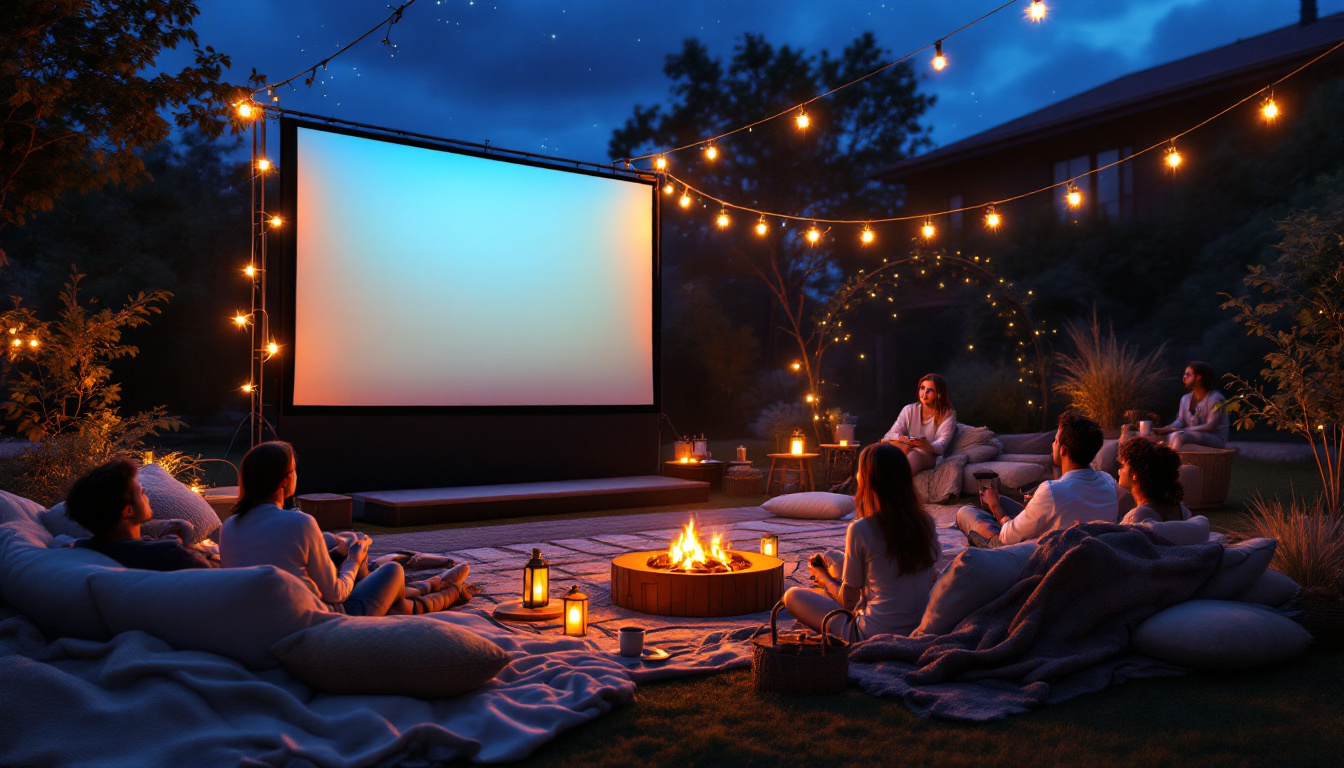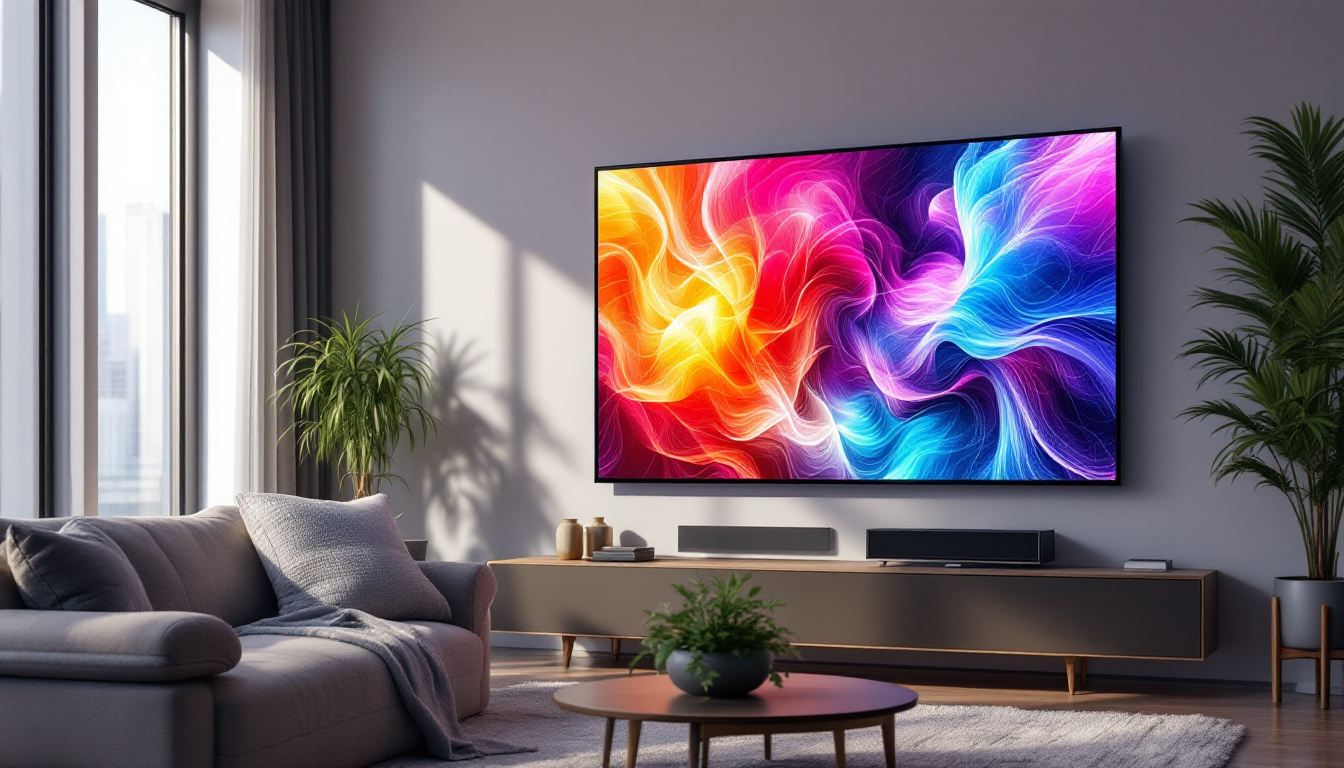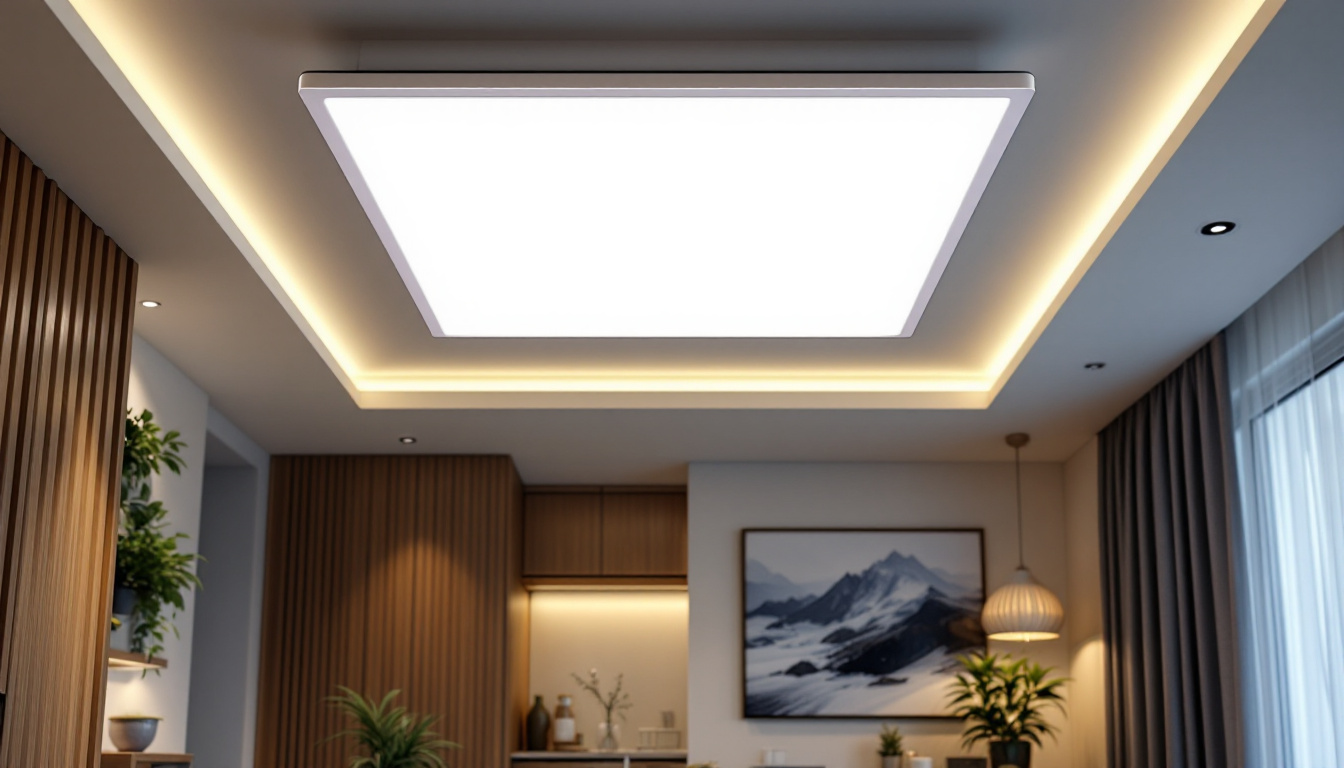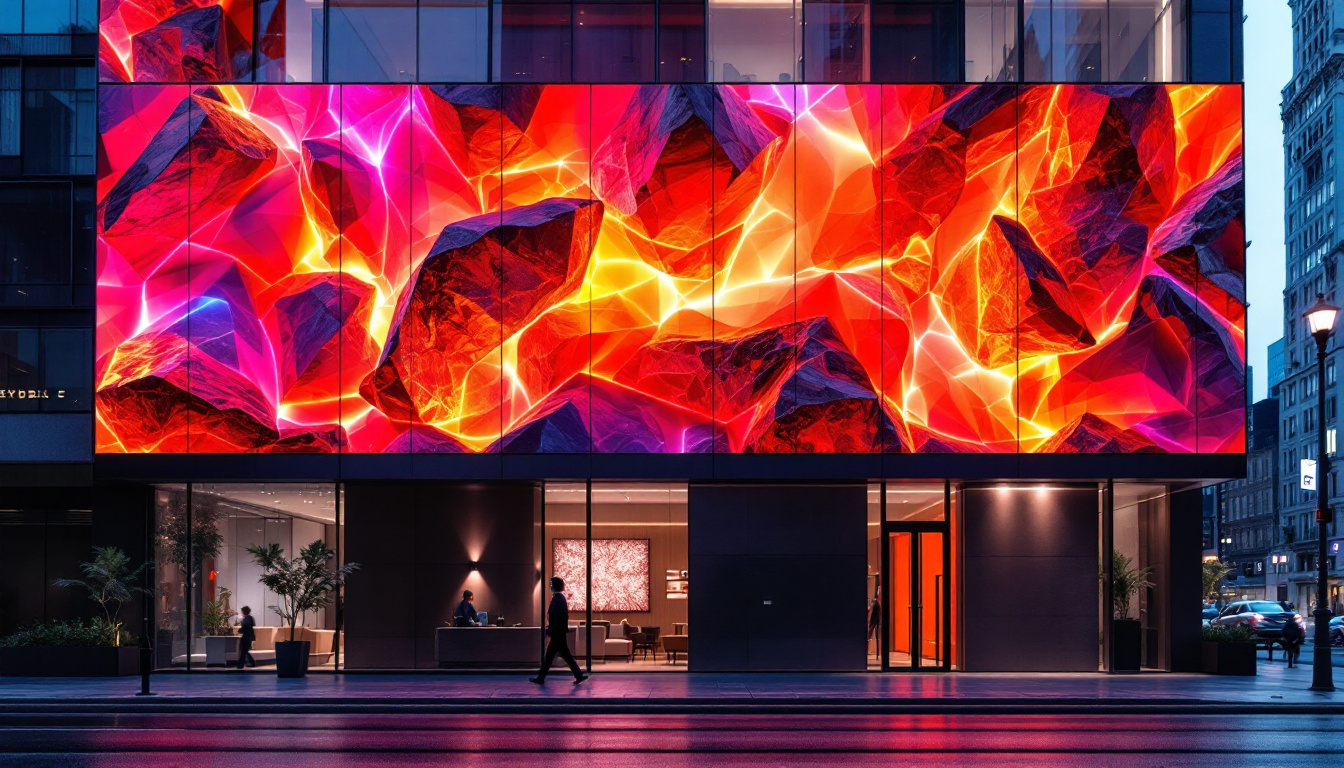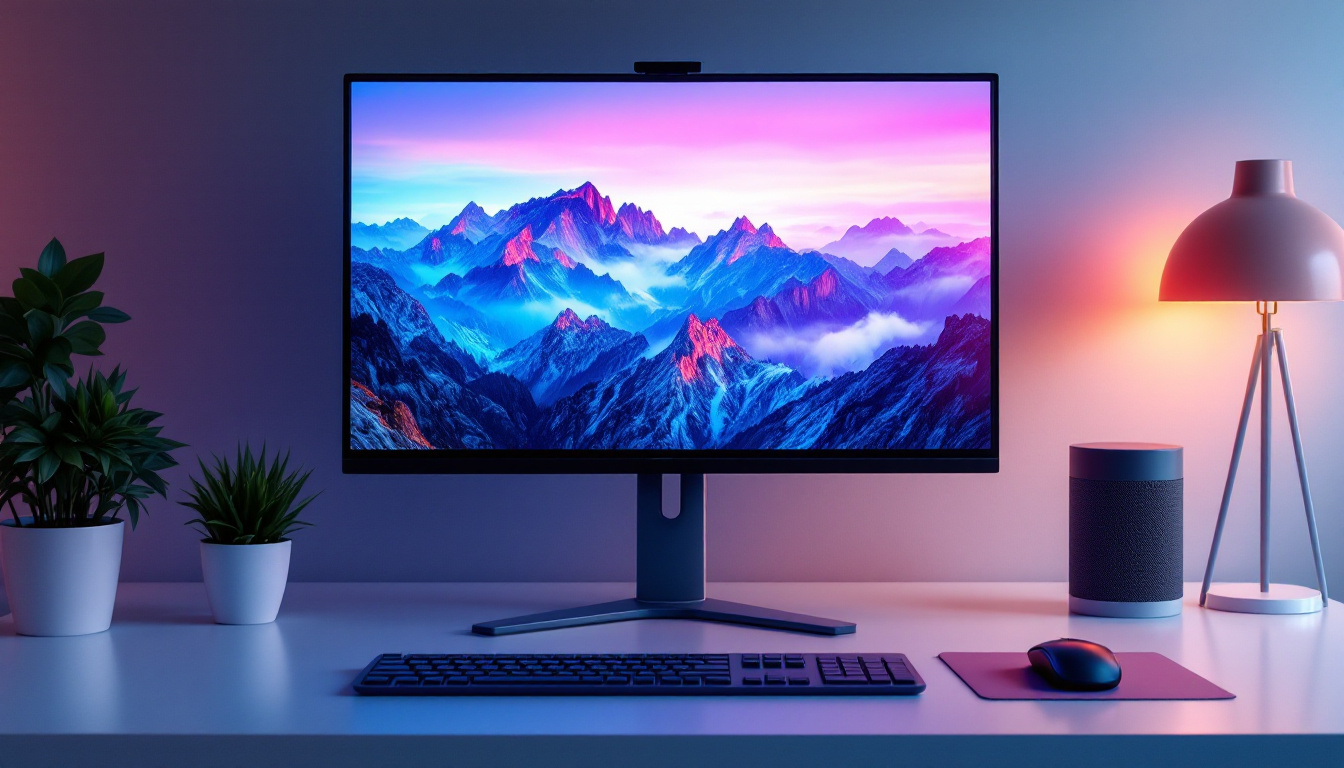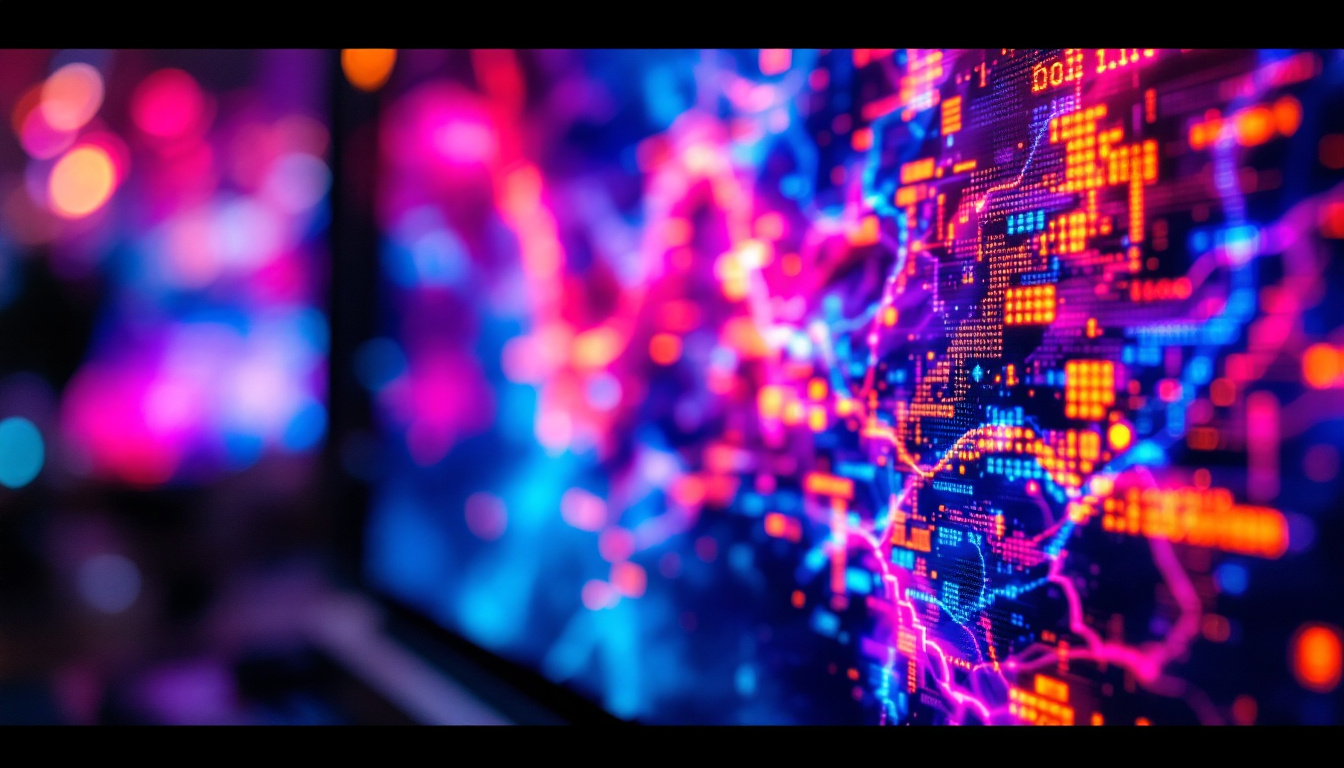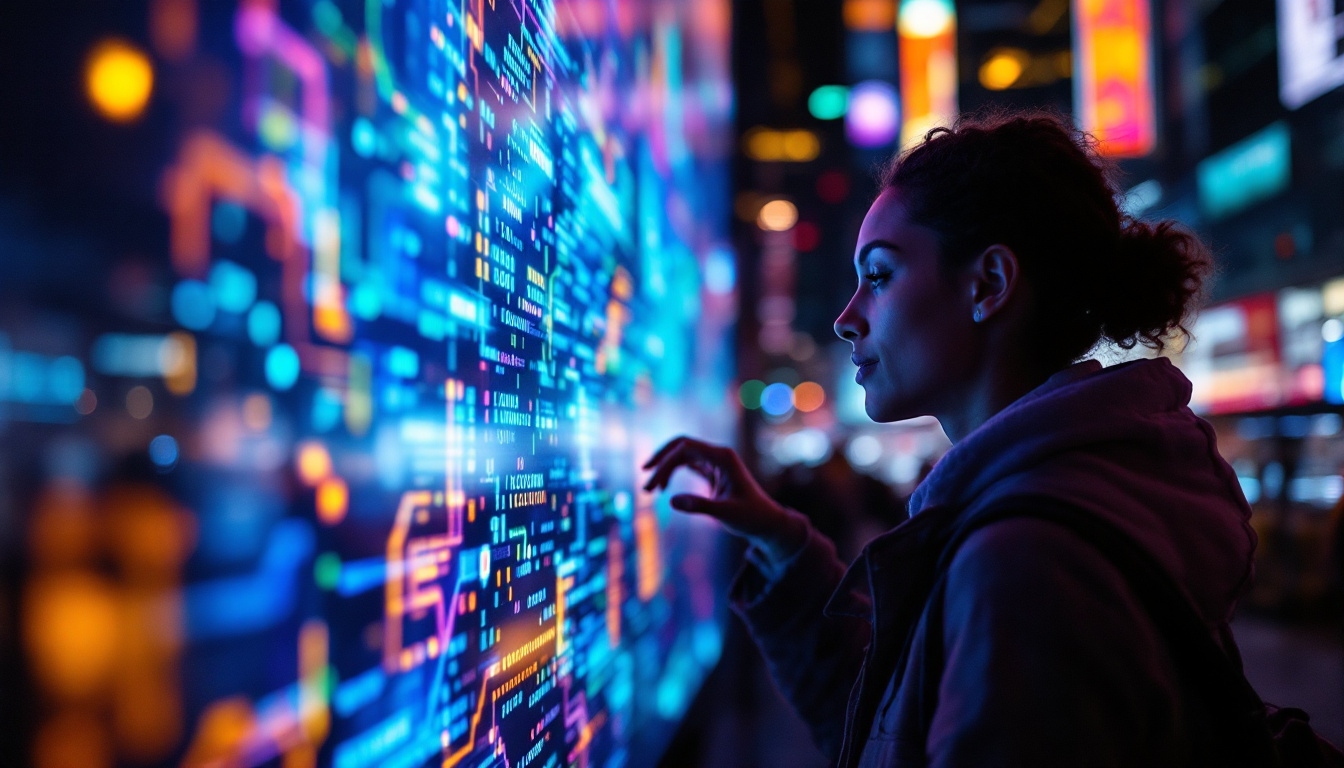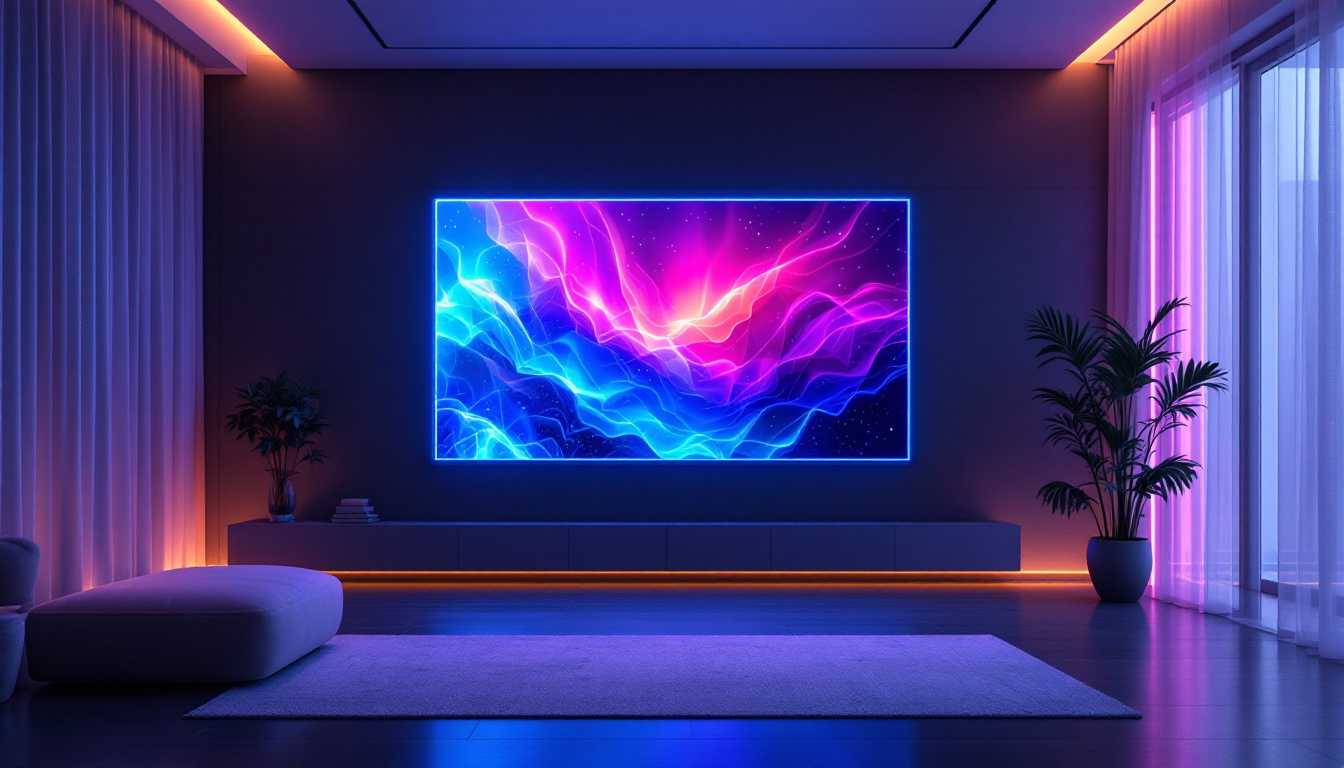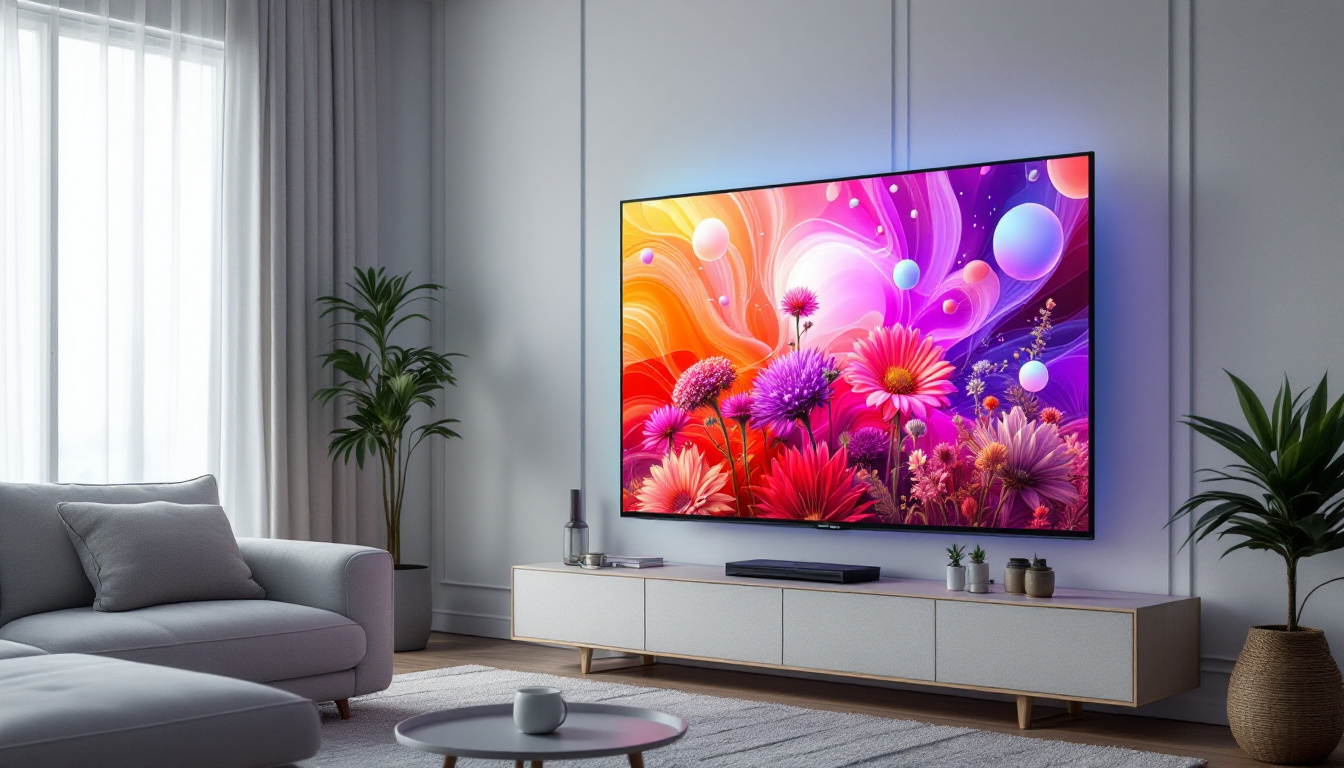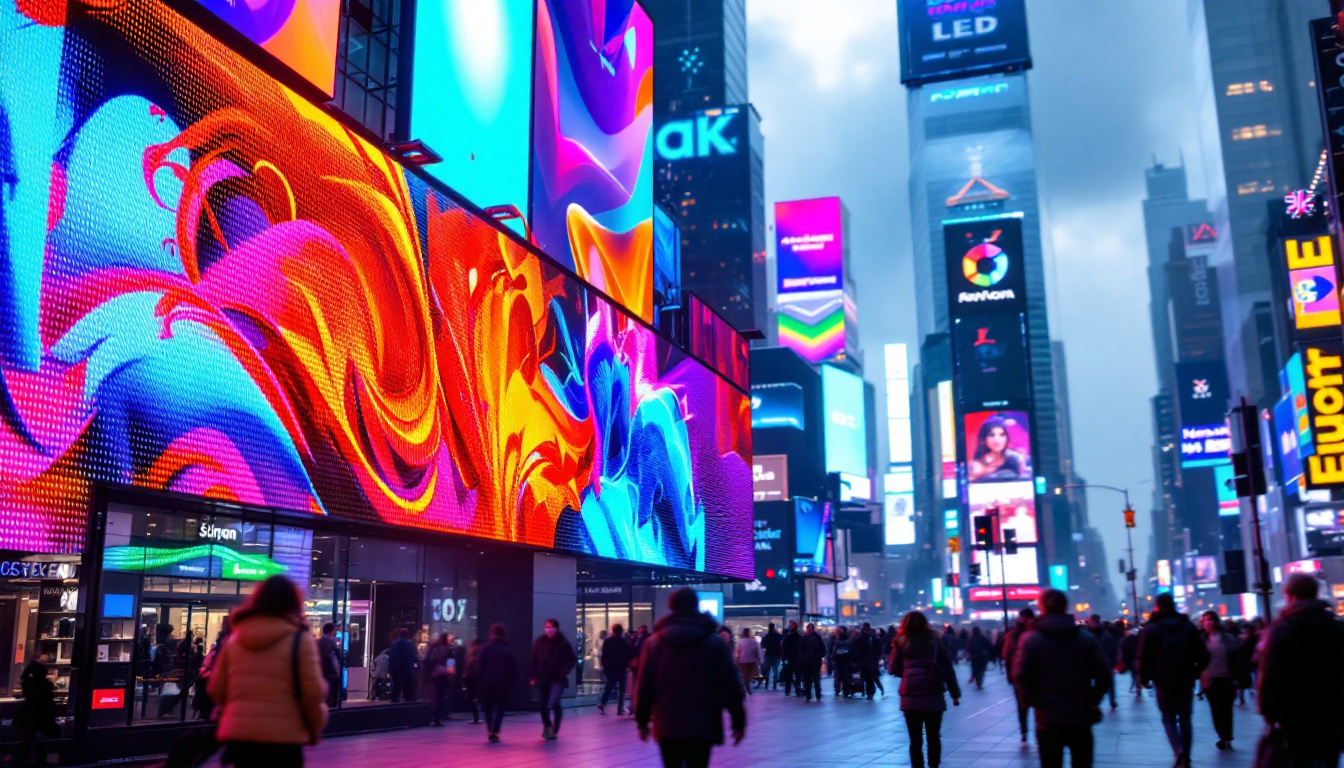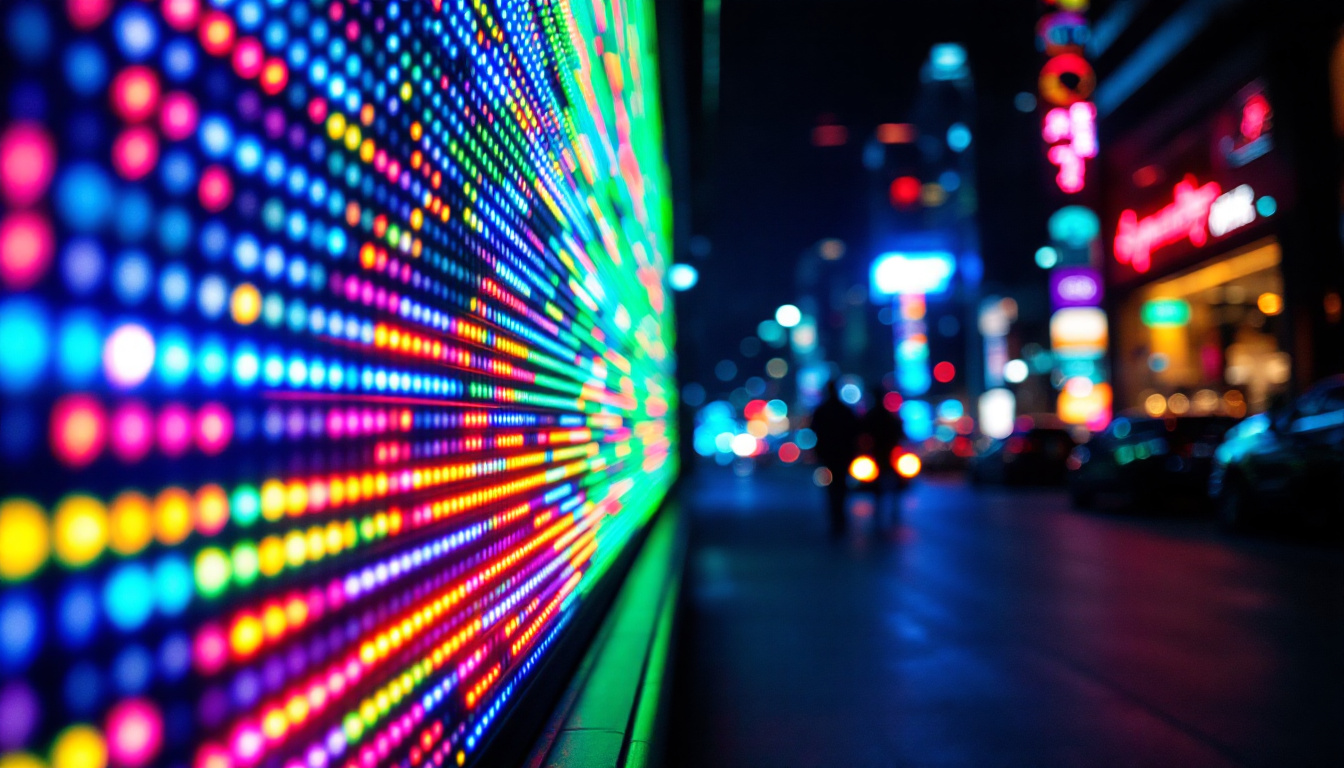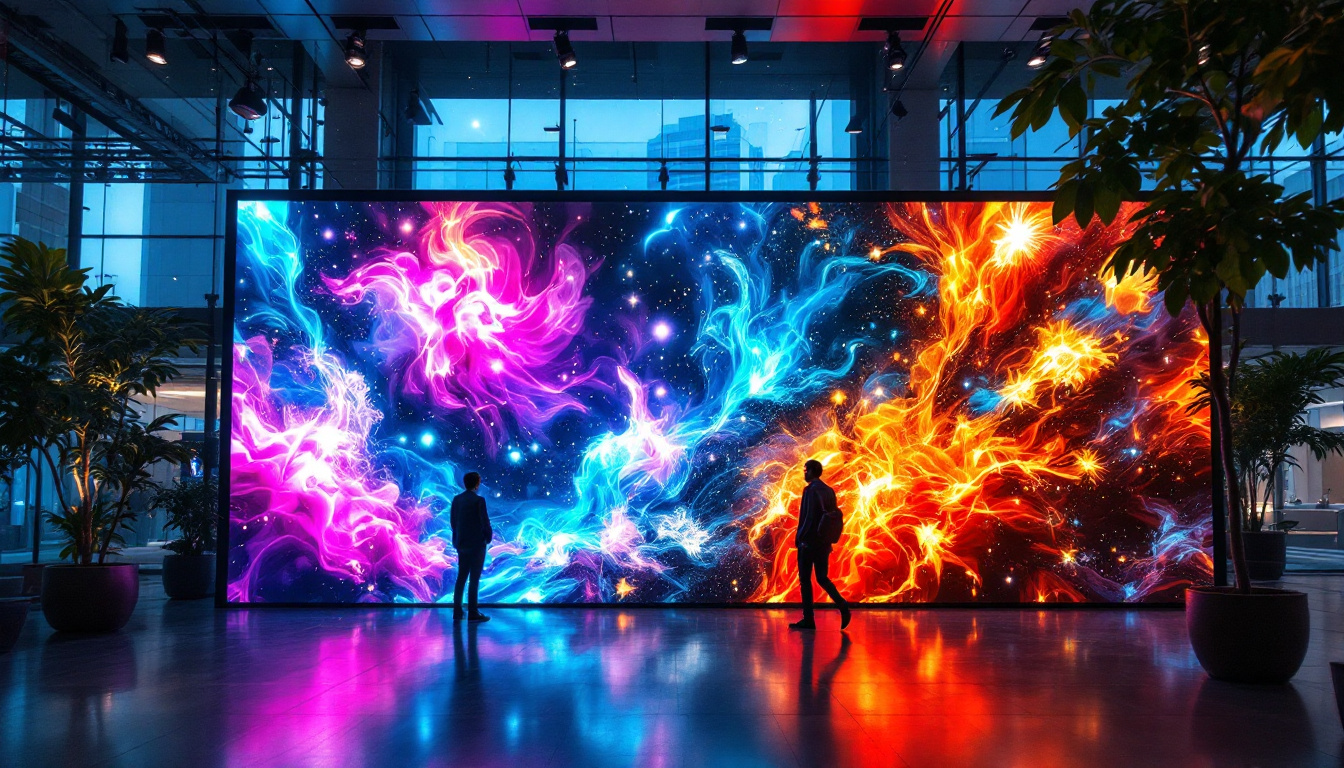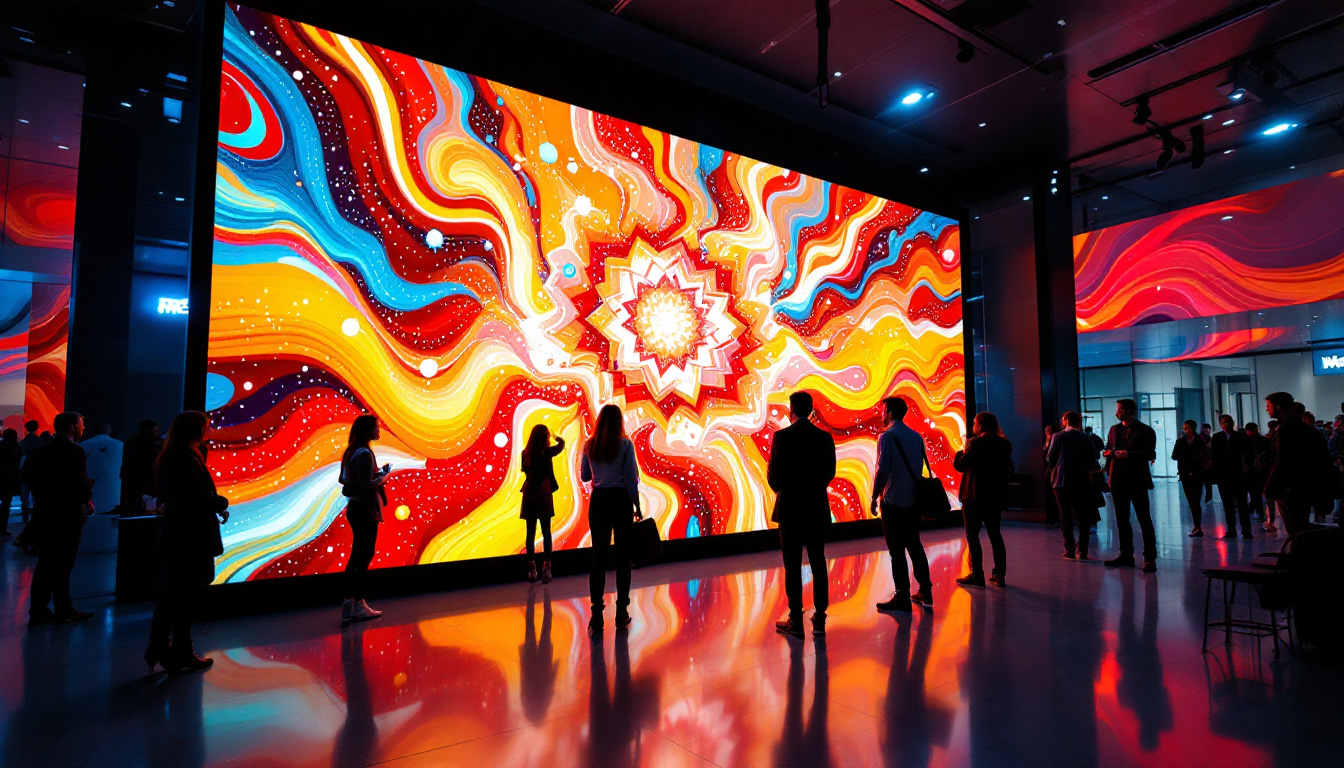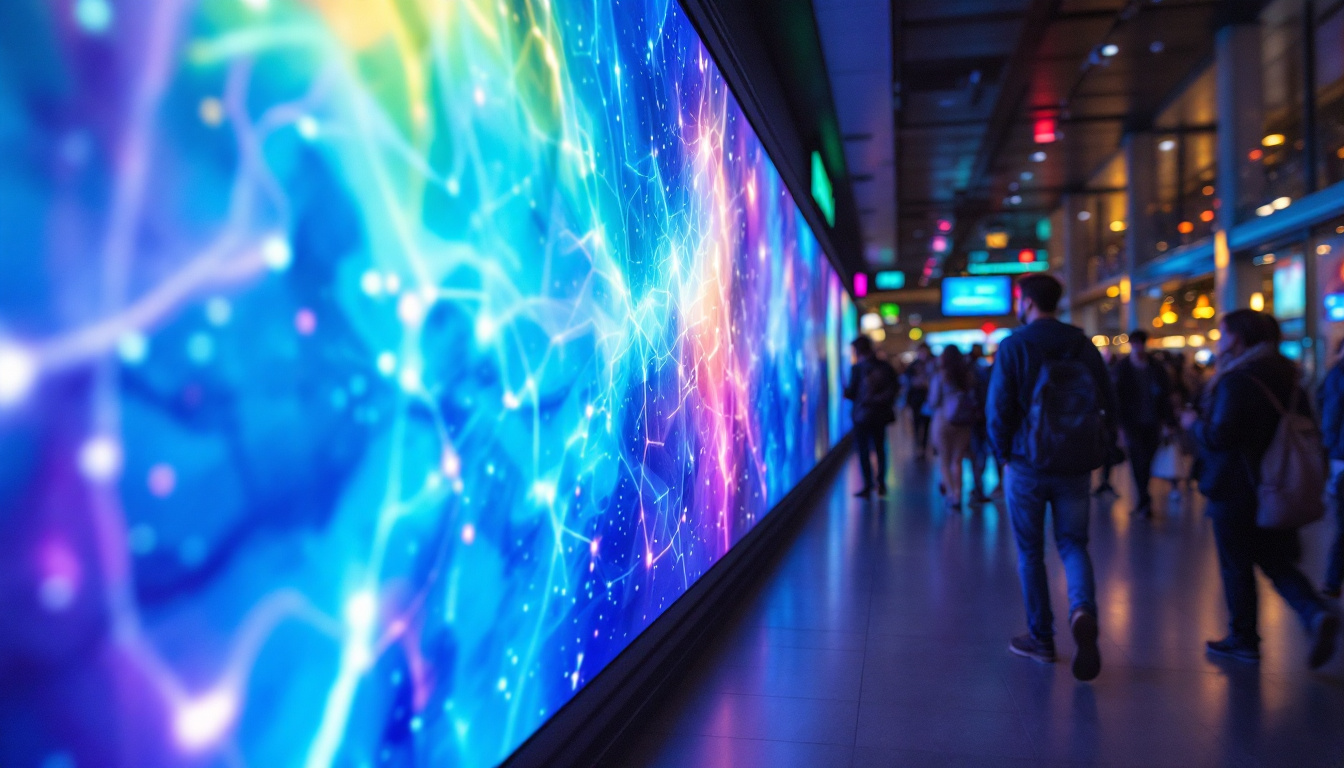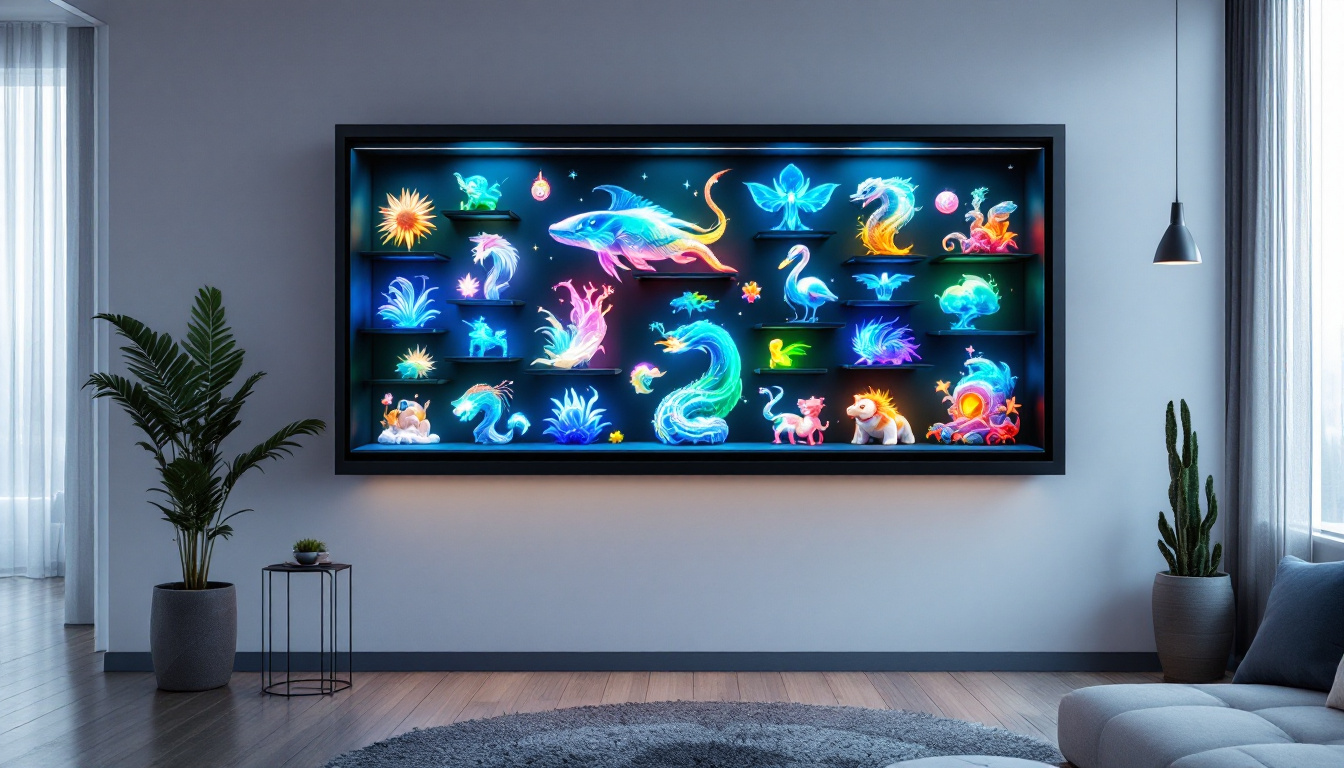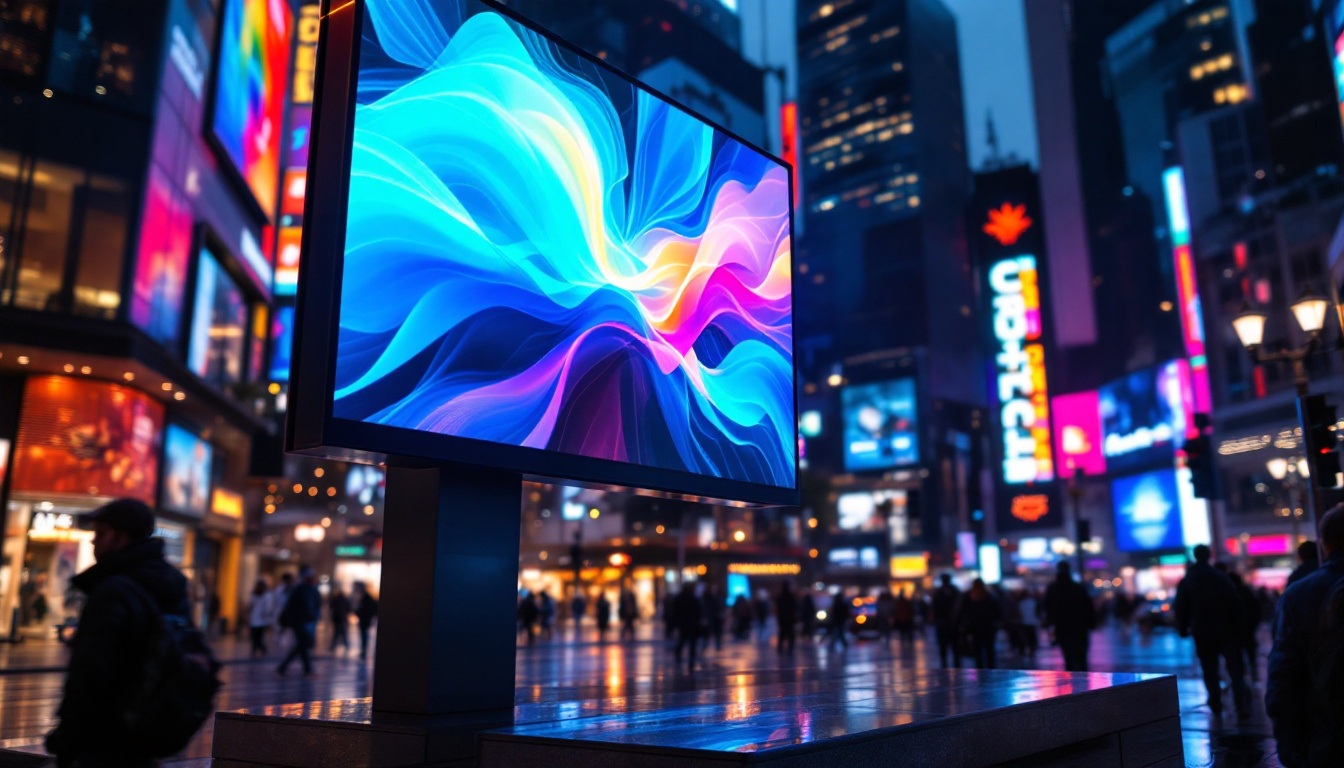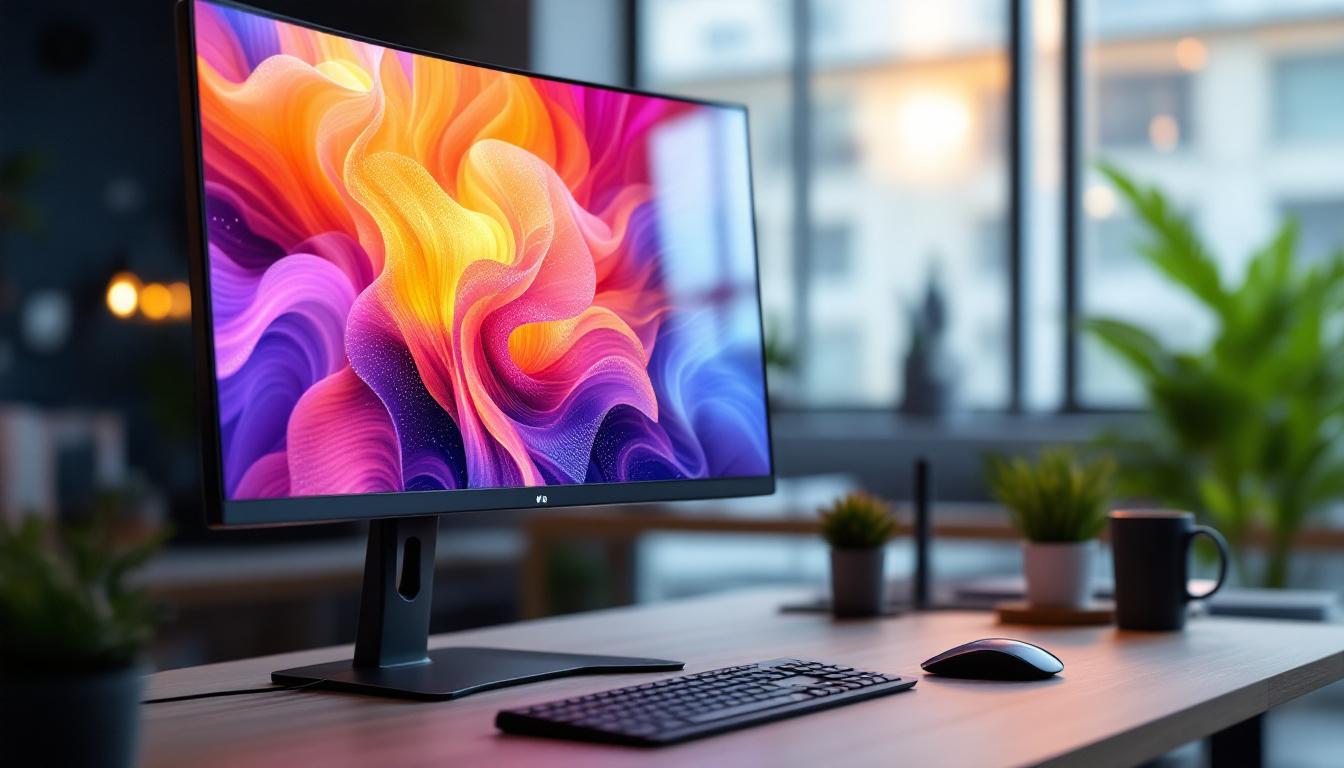In the age of digital media, the resolution of videos plays a crucial role in determining the quality of the viewing experience. Whether it’s for personal use, professional presentations, or large-scale displays, understanding how to change the resolution of a video specifically for LED displays is essential. This article delves into the intricacies of video resolution, the mechanics of LED displays, and the best practices for optimizing video content.
Understanding Video Resolution
Video resolution refers to the amount of detail that a video image holds. It is typically expressed in terms of width and height in pixels, such as 1920×1080 (Full HD) or 3840×2160 (4K). The higher the resolution, the more pixels are used to create the image, which generally translates to better image quality. This increase in detail not only enhances the viewing experience but also allows for larger screen sizes without a loss of clarity, making high-resolution videos ideal for modern displays.
Common Video Resolutions
Several standard video resolutions are widely used in various applications. These include:
- 480p (SD): 720×480 pixels, suitable for standard definition content.
- 720p (HD): 1280×720 pixels, often used for online streaming.
- 1080p (Full HD): 1920×1080 pixels, popular for Blu-ray and high-definition broadcasts.
- 1440p (QHD): 2560×1440 pixels, a step up from Full HD, often used in gaming.
- 4K (Ultra HD): 3840×2160 pixels, increasingly common in high-end TVs and monitors.
- 8K: 7680×4320 pixels, the latest in resolution technology, providing an incredibly detailed image.
Each resolution serves different purposes, and choosing the right one depends on the intended use of the video and the capabilities of the display device. For instance, while 4K resolution is becoming the standard for cinematic releases and high-end streaming services, many users still find 1080p sufficient for everyday viewing. Additionally, as internet speeds improve and data storage becomes more affordable, the adoption of higher resolutions is likely to increase, pushing the boundaries of what is visually possible.
Aspect Ratios
Alongside resolution, the aspect ratio is another critical factor in video quality. The aspect ratio is the ratio of the width to the height of the video frame. Common aspect ratios include:
- 16:9: The standard for HD and 4K videos.
- 4:3: Traditionally used in older television sets.
- 21:9: Often referred to as ultra-wide, used for cinematic presentations.
When changing the resolution of a video, it’s essential to maintain the correct aspect ratio to avoid distortion or cropping of the image. For example, a film shot in a 21:9 aspect ratio may lose critical visual information if displayed in a standard 16:9 format. This is particularly relevant in the film industry, where directors and cinematographers carefully consider aspect ratios to enhance storytelling and visual impact. Furthermore, the rise of mobile viewing has introduced new aspect ratios, such as 9:16 for vertical videos, which cater to the preferences of viewers on platforms like TikTok and Instagram Stories, showcasing the evolving landscape of video consumption.
The Role of LED Displays
LED displays have revolutionized the way video content is presented. These displays use light-emitting diodes to create images, offering vibrant colors and high contrast ratios. Understanding how LED displays work is vital for anyone looking to optimize video content for these screens.
How LED Displays Work
LED displays consist of a matrix of tiny light-emitting diodes that can be individually controlled to produce a full range of colors. The combination of red, green, and blue (RGB) diodes allows for the creation of millions of colors. The technology behind LED displays enables them to be both energy-efficient and capable of producing bright images even in well-lit environments.
LED displays come in various forms, including:
- Direct View LED: Often used for large outdoor displays and digital billboards.
- LED-backlit LCD: A more common form found in televisions and computer monitors.
- MicroLED: A newer technology that promises even better color accuracy and efficiency.
Benefits of Using LED Displays
LED displays offer several advantages over traditional display technologies:
- Brightness: LED displays can achieve higher brightness levels, making them suitable for various lighting conditions.
- Color Accuracy: The ability to produce a wide color gamut enhances the viewing experience.
- Longevity: LED technology tends to have a longer lifespan compared to other display types.
These benefits make LED displays a popular choice for everything from home theaters to large-scale advertising installations. Additionally, the versatility of LED technology allows for innovative applications across multiple industries. For instance, in the entertainment sector, LED displays are increasingly used in concerts and live events, where dynamic visuals can enhance the overall experience for audiences. The ability to create stunning visuals in real-time allows event organizers to captivate viewers and create memorable moments.
Moreover, the rise of smart LED displays has transformed the way information is communicated in public spaces. These displays can be integrated with sensors and software to provide real-time updates, such as weather information, news feeds, or interactive advertising. This adaptability not only enhances the viewer’s experience but also allows businesses to engage with their audience in a more meaningful way, tailoring content to specific demographics or times of day. As technology continues to evolve, the potential applications for LED displays seem limitless, paving the way for even more innovative solutions in the future.
Changing Video Resolution for LED Displays
When preparing video content for LED displays, changing the resolution is a critical step. The process involves several considerations to ensure the best possible viewing experience.
Choosing the Right Resolution
The first step in changing the resolution of a video is determining the optimal resolution for the specific LED display being used. This involves understanding the native resolution of the display, which is the resolution at which it performs best. For example, if an LED display has a native resolution of 1920×1080, it is best to provide content in that resolution to avoid scaling issues.
Scaling a video to fit a display can result in a loss of quality, so it’s advisable to match the video resolution to the display’s native resolution whenever possible. If the source video is of a lower resolution, consider upscaling techniques that can enhance the quality without introducing too much distortion.
Using Video Editing Software
To change the resolution of a video, various video editing software options are available. Popular tools include:
- Adobe Premiere Pro: A professional-grade video editing software that offers extensive features for resolution adjustment.
- Final Cut Pro: A favorite among Mac users, providing powerful editing capabilities.
- DaVinci Resolve: Known for its color grading tools, it also allows for resolution adjustments.
These programs typically allow users to set the desired output resolution during the export process. It’s essential to select the right codec and settings to maintain video quality while changing the resolution.
Maintaining Aspect Ratio
When changing the resolution, it’s crucial to maintain the aspect ratio to avoid stretching or compressing the video. Most video editing software provides options to lock the aspect ratio, ensuring that the width and height are adjusted proportionally.
For instance, if a video is being resized from 1920×1080 to 1280×720, maintaining the 16:9 aspect ratio is necessary. If the aspect ratio is not preserved, the video may appear distorted, which can detract from the viewing experience.
Best Practices for Optimizing Video for LED Displays
To ensure the best viewing experience on LED displays, several best practices should be followed when preparing video content.
High-Quality Source Material
Starting with high-quality source material is essential. Videos shot in high resolution with good lighting and sound will yield the best results when displayed on LED screens. Even if the final output is lower resolution, starting with high-quality footage allows for better upscaling and processing.
Color Calibration
LED displays can vary in color accuracy based on their settings and the environment in which they are used. It’s advisable to calibrate the display to ensure that colors are represented accurately. This may involve adjusting brightness, contrast, and color settings to match the intended output of the video.
Using color profiles and ensuring that the video is encoded with the correct color space can also enhance the final output on LED displays.
Testing Before Final Display
Before finalizing the video for display, conducting tests on the actual LED screen is crucial. This allows for adjustments to be made based on how the video looks in the specific environment. Factors such as ambient light and viewing distance can significantly affect how the video is perceived.
Testing can help identify any issues with resolution, color, or playback that may need to be addressed before the video is presented to an audience.
Conclusion
Changing the resolution of a video for LED displays involves a careful understanding of video quality, display technology, and best practices for optimization. By selecting the appropriate resolution, maintaining aspect ratios, and following the best practices outlined in this article, content creators can ensure that their videos look stunning on LED displays.
As technology continues to evolve, staying informed about advancements in video resolution and display technology will be essential for anyone involved in video production or presentation. By embracing these practices, the impact of video content can be maximized, leading to more engaging and visually appealing experiences for viewers.
Discover LumenMatrix LED Display Solutions
Ready to take your video content to the next level with impeccable resolution and unmatched visual quality? Explore the innovative world of LumenMatrix, where our advanced LED display technology awaits to transform your visual presentations. From vibrant Indoor LED Walls to dynamic Outdoor LED Displays, and from sleek LED Posters to immersive LED Sports Displays, LumenMatrix offers a comprehensive range of solutions tailored to your needs. Elevate your brand visibility and captivate your audience with our state-of-the-art LED modules. Check out LumenMatrix LED Display Solutions today and experience the future of visual communication.

